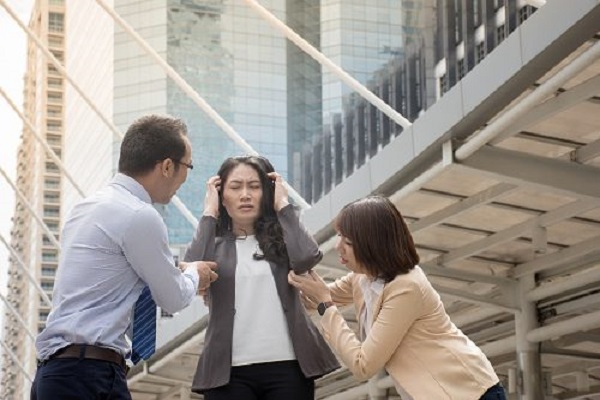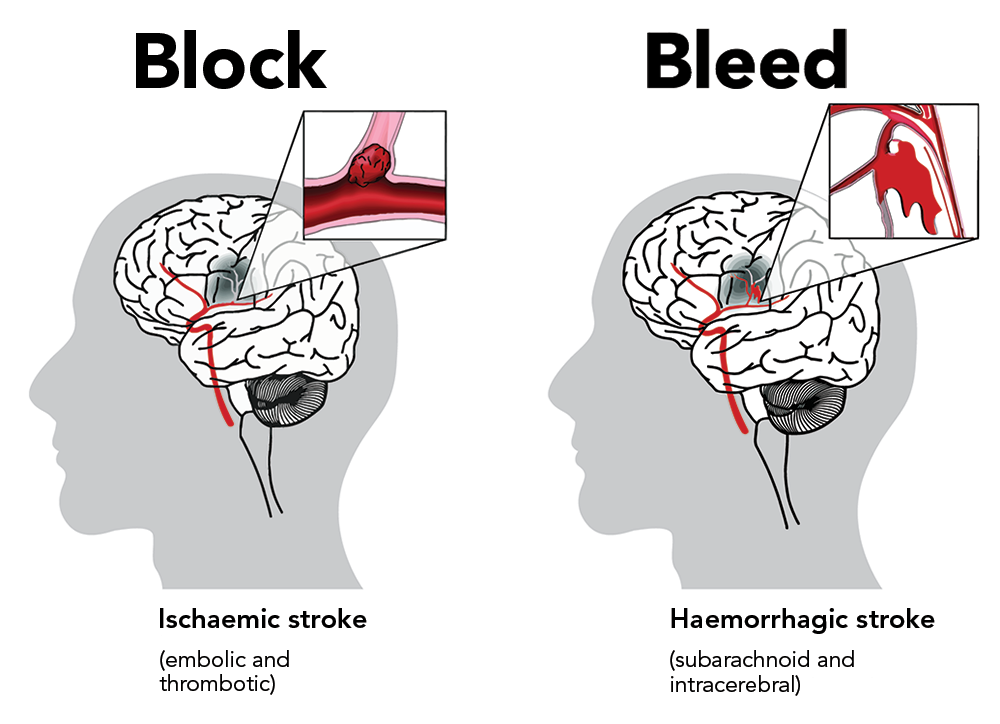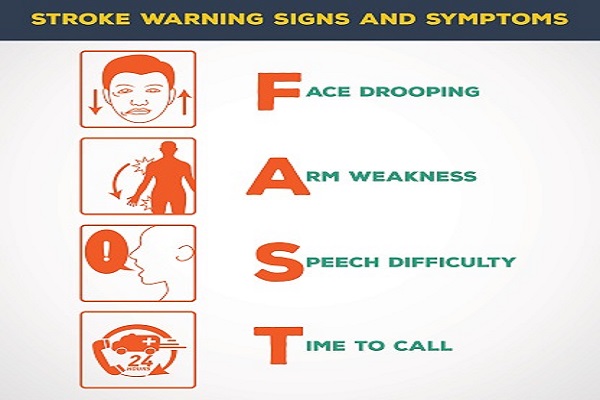When it comes to stroke, every minute counts. Learning about stroke can help you act in time to save a co-worker, friend, or relative. Acting fast could save your life or someone else’s. Making changes in your lifestyle can help you prevent stroke.
Statistics on stroke
- According to Vietnam’s Ministry of Medicine, Annually, 200,000 Vietnamese people have stroke, a "brain attack”, also:
- 50% of them die and 90% of stroke survivors live with neurological and motor conditions.
- Almost one in six people who experience a stroke are under the age of 55.
- Male and female stroke death incidence rates are 18 percent and 23 percent in Vietnam
- Men are more likely to suffer a stroke and at a younger age.
- Globally one person encounters a stroke every two seconds.
- Stroke is Vietnam’s second biggest killer after heart disease. Stroke kills more women than breast cancer.

What is a stroke?
A stroke occurs when a blood vessel that carries oxygen and nutrients to the brain is either blocked by a clot or bursts (or ruptures). When that happens, part of the brain cannot get the blood (and oxygen) it needs, so it and brain cells die.
What causes a stroke?
If something happens to block the flow of blood, brain cells start to die within minutes because they can’t get oxygen. This causes a stroke.
What are the types of stroke?
A stroke can occur as:
- A hemorrhagic stroke – an artery may rupture and cause bleeding into the brain tissue. Also called a cerebral hemorrhage
- An ischemic stroke caused by atherosclerosis – an artery may become blocked by progressive thickening of its walls
- An ischemic stroke caused by embolism – a clot blocks an artery and prevents blood getting to part of the brain.
The brain cells in the immediate area are killed because they are deprived of oxygen. The dead area that results from stroke is known as an infarct. Without prompt medical treatment, the area of brain cells surrounding the infarct will also die.

Stroke Warning Signs and Symptoms
Symptoms of that damage start to show in the parts of the body controlled by those brain cells.
SPOT A STROKE F.A.S.T. It could save a life, possibly yours.
- Face Drooping — Does one side of the face droop or is it numb? Ask the person to smile. Is the person’s smile uneven?
- Arm Weakness — Is one arm weak or numb? Ask the person to raise both arms. Does one arm drift downward?
- Speech Difficulty — Is speech slurred? Is the person unable to speak or hard to understand? Ask the person to repeat a simple sentence, like “The sky is blue.” Is the sentence repeated correctly?
- Time to EMERGENCY — If someone shows any of these symptoms, even if the symptoms go away, call 1-1-5 or emergency medical service and get the person to the hospital immediately. Check the time so you’ll know
Beyond F.A.S.T. – Other Symptoms You Should Know
- Sudden NUMBNESS or weakness of face, arm, or leg, especially on one side of the body
- Sudden CONFUSION, trouble speaking or understanding speech
- Sudden TROUBLE SEEING in one or both eyes
- Sudden TROUBLE WALKING, dizziness, loss of balance or coordination
- Sudden SEVERE HEADACHE with no known cause

If someone shows any of these symptoms, immediately call 1-1-5 or emergency medical services.
Medical professionals treating stroke
A person at high risk of stroke will have their condition managed by a team of medical professionals, which may include:
- your doctor
- cardiologist (heart specialist)
- geriatrician (specialist in diseases common in old age)
- neurologist (brain specialist)
- vascular surgeon (surgeon specializing in blood vessels)
- Neurosurgeon (brain surgeon).
Where to get help
- Your doctor
- Other medical professionals
- Brain, Heart & Vascular Interventional Center
- StrokeLine Tel. (+84) 28 6280 3333, ext. 8535
- City International Hospital
- Add: Level 3, No. 3, 17A Street, Binh Tri Dong B Ward, Binh Tan Dist. (Next to AEON Mall Binh Tan). Ho Chi Minh City.
- Site: https://cih.com.vn/en/
- Email: This email address is being protected from spambots. You need JavaScript enabled to view it.










